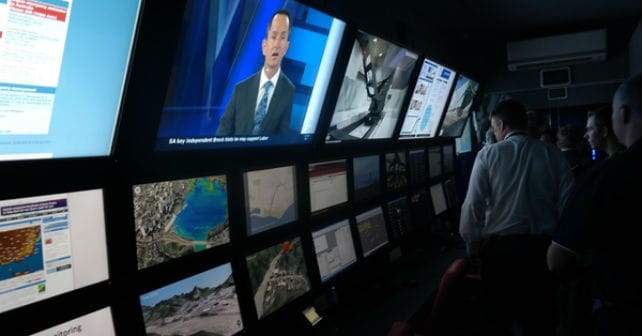How to generate energy on drive to supermarket
 Sainsbury’s this week will launch a first at its new green store in Gloucester: a kinetic road plate system that generates energy every time a customer drives into the supermarket’s car park.
Sainsbury’s this week will launch a first at its new green store in Gloucester: a kinetic road plate system that generates energy every time a customer drives into the supermarket’s car park.
After capturing the energy, which would otherwise be wasted, Sainsbury’s will channel the energy back into the store, saving power that would normally be taken from the National Grid.
The kinetic road plates are expected to produce 30 kilowatts of green energy an hour, more than enough to power the store’s checkouts. The system, pioneered for Sainsbury’s by Peter Hughes of Highway Energy Systems, does not affect the car or fuel efficiency; and drivers feel no disturbance as they drive over the plates.
The system works like this:
- Motorists drive over the road plates placed in the surface of the car park;
- Plates are rounded so it does not matter which direction cars travel over the ramp;
- The passing vehicle’s weight pushes down the plates;
- That action creates rocking motions under the road surface that turn generators; and
- The generators create energy that is captured, redirected back to the store, and used as power for the checkouts and for other purposes.
“This is revolutionary, not only are we the first to use such cutting-edge technology with our shoppers, but customers can now play a very active role in helping to make their local shop greener, without extra effort or cost,” said Alison Austin, Sainsbury’s environment manager.
The kinetic road plates are just one of the energy-saving measures being implemented at Sainsbury’s new Gloucester Quays store, which opens Wednesday 17 June. The supermarket also features a rainwater harvesting system, solar thermal panels for water heating, floor-to-ceiling windows and 140 rooftop sun pipes that maximise natural light and extra-secure cycle spaces to encourage customers to shop by bike.




